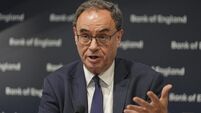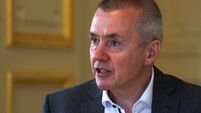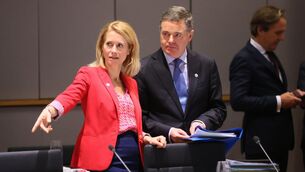Setting the correct policy is now a lot more complicated for Central Banks
When the Covid pandemic triggered a very sudden and deep recession early last year, key central banks threw the proverbial monetary policy kitchen sink at the downturn, with rate cuts and enormous QE bond purchase programmes. Despite a sharp pick-up in inflation this year, central banks have been keen to emphasise their view that the rise will prove to be transitory, and in turn will not warrant a marked tightening of monetary policy.
However, with a sharp rebound in activity taking hold on the back of successful vaccine rollout programmes, speculation over recent months has been on when some of the flow the monetary stimulus may start to be withdrawn. Already this month, we have seen the ECB announce a modest scaling back of bond-buying under its main asset purchase programme.
For much of the summer, though, attention had been centred on the US Fed and when it may taper its open-ended QE programme. Therefore, this week’s Fed policy meeting will receive close attention. The minutes from its last meeting in July showed there was a wide-ranging discussion on scaling back QE, but there were divergent views on the issue. Meanwhile, Fed Chair Powell gave few indications in a major speech at the end of August that any announcement was imminent.
Another factor for the Fed to contemplate in its policy deliberations is that some recent data, in particular on the labour market, have printed below expectations, suggesting a loss of momentum in the US economic recovery. On top of this, there are the ongoing risks posed by the Delta variant amid the still sizeable level of vaccine hesitancy in the country. Therefore, the Fed may prefer to wait until October, while it digests some further updates on the labour market and economy, before making any tapering announcement.
There is also an important Bank of England policy meeting this week. It gave no signs that it was contemplating any near term tightening of policy at its previous meeting in early August. However, it did note that all members agreed that some modest tightening of policy was likely over the next 2-3 years in order to meet its inflation target.
More recently, BoE Governor Bailey’s appearance at the Treasury Select Committee struck a more hawkish tone. He commented that the Monetary Policy Committee was evenly divided on whether the minimum conditions had been met to raise interest rates while adding that he was among those who think they have. These comments helped to reinforce the market view that rates will start to rise next year in the UK, with futures contracts pricing in the timing of the first rise before mid-2022.
Therefore, this week’s meeting will be looked to for further clues on possible policy tightening. The Bank of England, though, has a tough balancing act. Inflation has accelerated more than anticipated and is likely to breach 4% before year-end, while the labour market continues to tighten. However, the Delta variant and associated rise in infection numbers in the UK have seen the pace of economic recovery slow markedly since mid-year.
Setting the correct policy course has become a lot more complicated for central banks.











